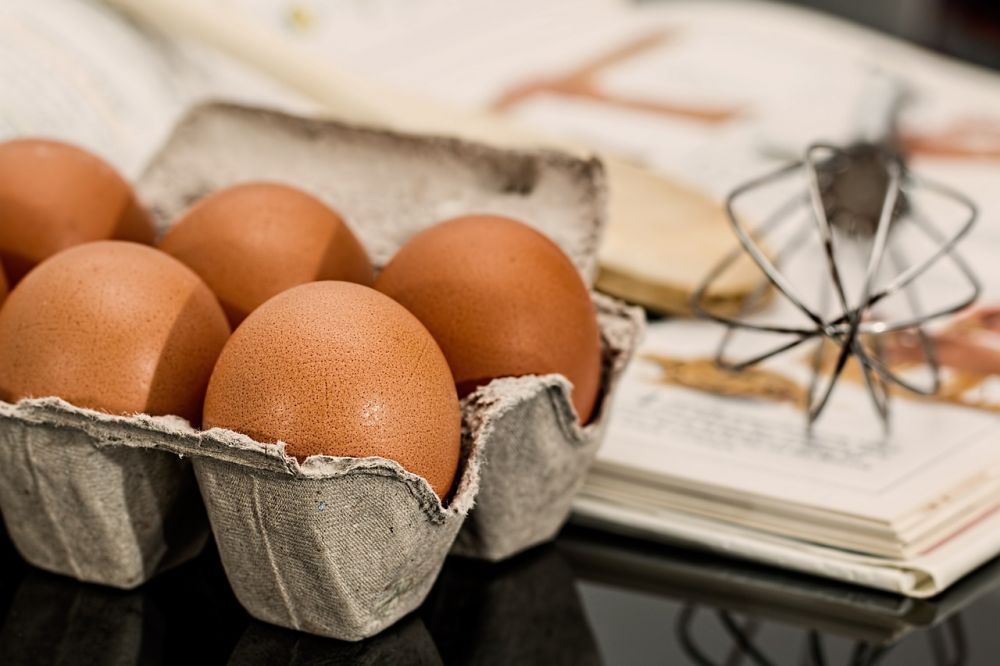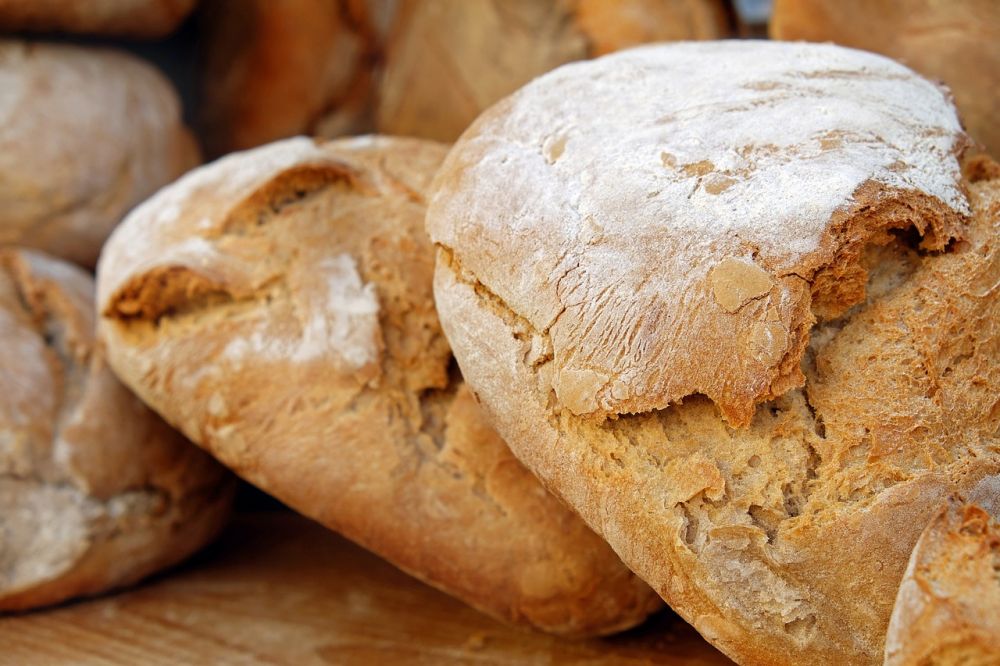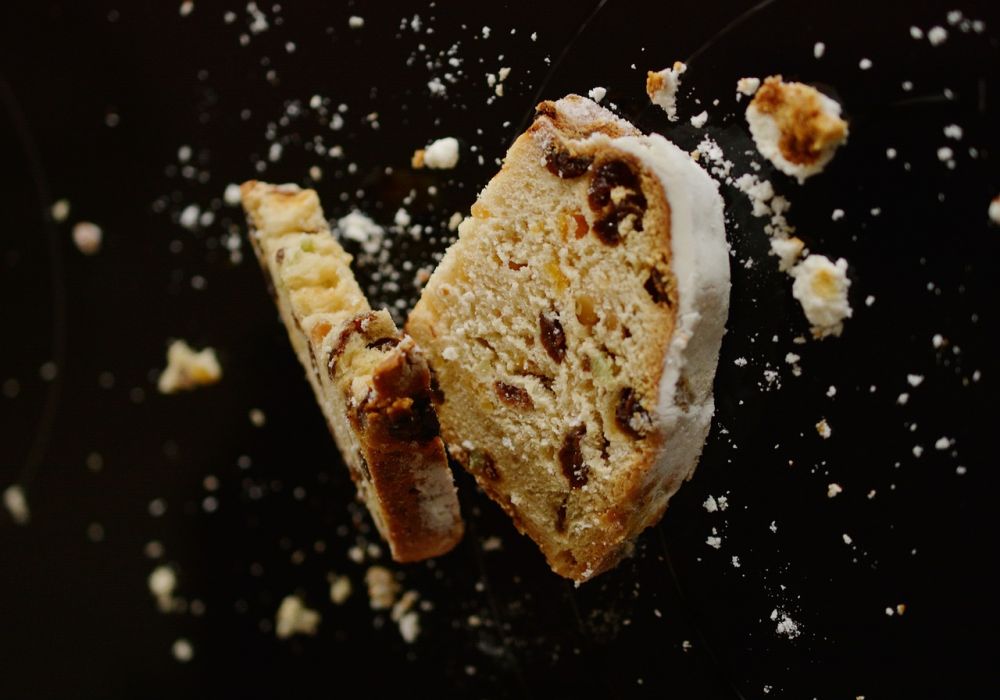Bake Bread: A Comprehensive Guide to the Popular Art of Bread Baking
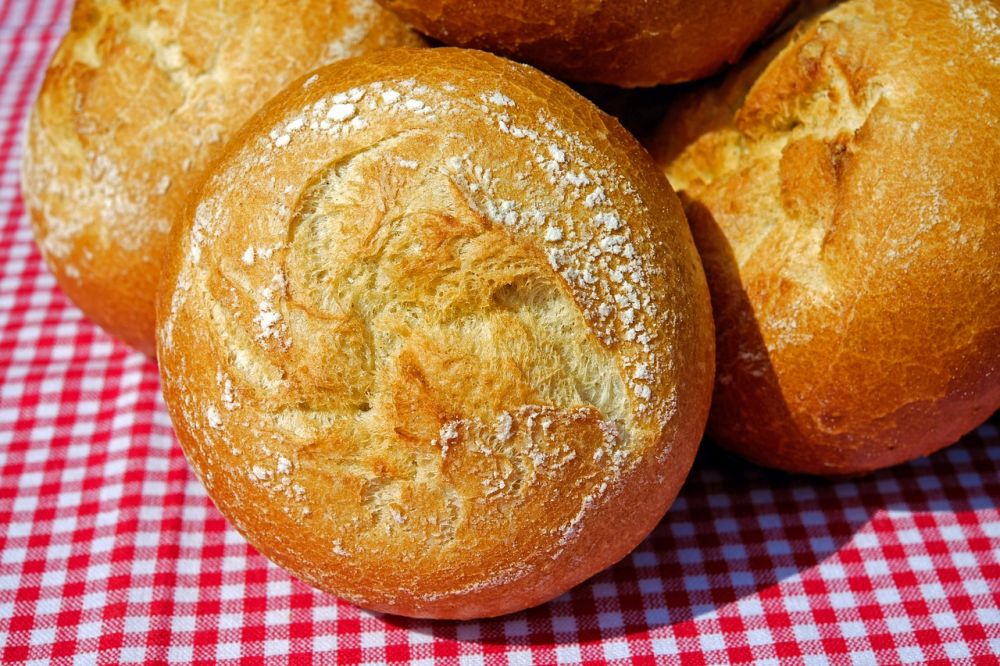
Introduction:
Bread has been a staple food for centuries, bringing comfort and nourishment to people worldwide. Baking bread is not only a culinary art but also a therapeutic process that allows individuals to connect with tradition and create their own flavorful masterpieces. In this comprehensive article, we will delve into the world of bread baking, exploring its various types, techniques, and historical significance.
I. An Overview of Bread Baking
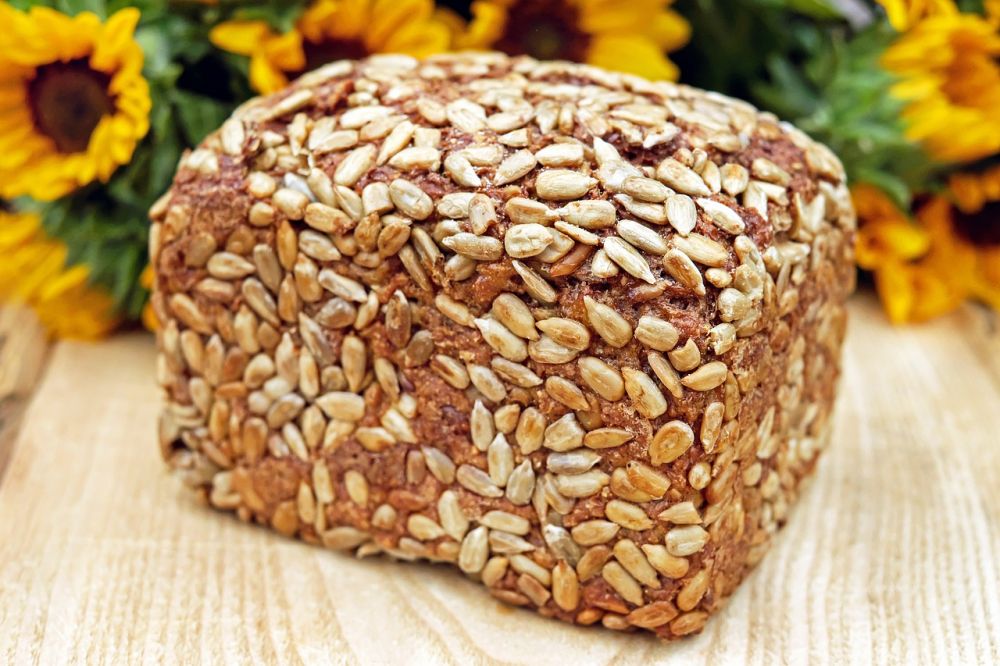
Bread baking encompasses the process of making bread from scratch, starting with mixing ingredients, kneading the dough, proofing, and finally, baking it to achieve a golden crust and a fluffy interior. This time-honored tradition offers countless possibilities for customization, from choosing the type of flour to incorporating various mix-ins like seeds or nuts. The art of bread baking also involves understanding yeast activation and fermentation, vital steps that determine the texture and flavor of the final product.
II. Types and Popularity of Bread Baking
1. Traditional Yeasted Bread: This category includes classic bread recipes like white bread, baguettes, and sourdough. Yeast provides the leavening agent, creating light and airy loaves with different levels of sourness, depending on the fermentation process. Sourdough has gained popularity in recent years due to its unique tangy taste and health benefits.
2. Quick Breads: Unlike yeasted bread, quick breads rely on chemical leaveners like baking powder or baking soda. This category includes favorites such as banana bread, zucchini bread, and cornbread. Quick breads are praised for their simplicity and the ability to incorporate various add-ins and flavors without the need for lengthy fermentation.
3. Artisan Bread: Artisan bread represents a return to traditional, handcrafted methods. These loaves often have a crunchy crust and a chewy, airy interior, achieved through techniques like long fermentation and steam during baking. Popular types of artisan bread include ciabatta, focaccia, and brioche.
III. Quantitative Measurements in Bread Baking
Accurate measurement of ingredients is a pivotal aspect of successful bread baking. Measuring by weight using a kitchen scale is highly recommended for consistency and precision. The most commonly used measurements include grams or ounces for flour, ml or fluid ounces for liquids, and teaspoons or tablespoons for smaller quantities of salt, yeast, or sugar.
IV. Differentiating Bread Types
Bread varieties differ in terms of ingredients, techniques, and cultural significance. For instance, the addition of rye flour results in denser, nuttier bread, while whole wheat flour provides more fiber and a heartier texture. Breads like focaccia and ciabatta showcase the importance of hydration levels and achieving specific crumb characteristics. Similarly, the use of pre-ferments like poolish or levain affects the flavor complexity and shelf life of the bread.
V. Historical Overview of Bread Baking Advantages and Disadvantages
1. Advantages of Traditional Yeasted Bread: Traditional bread baking methods allow for the development of complex flavors through long fermentation, resulting in an enhanced taste and easier digestibility. Certain breads, such as sourdough, offer potential health benefits, including improved gut health and a lower glycemic index.
2. Disadvantages of Traditional Yeasted Bread: The time-consuming nature of traditional bread baking can be seen as a disadvantage, requiring a significant investment of time and attention. Additionally, some individuals may have sensitivity or intolerance to gluten, a protein found in wheat, rye, and barley.
(Note: Insert video(s) demonstrating different bread baking techniques, such as kneading, shaping, or scoring dough)
Conclusion:
Bread baking is an art that combines science, tradition, and creativity. Whether it’s the comforting aroma filling the kitchen or the satisfaction of breaking into a fresh loaf, the process of making bread from scratch offers a gratifying experience for culinary enthusiasts. By understanding the various types of bread, their unique characteristics, and the advantages and disadvantages they offer, individuals can embark on a journey to create their own signature loaves and explore the rich history of this timeless craft.
